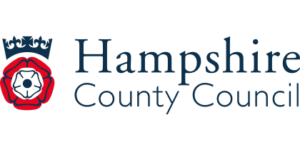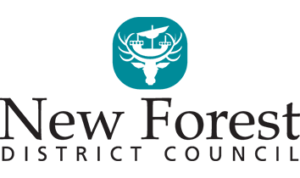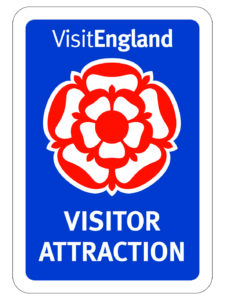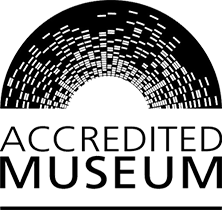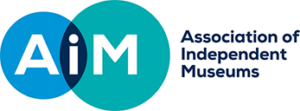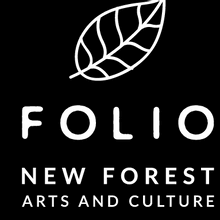
107 High Street
Jackman and Masters, estate agents, were based here from the early 1900s until the 1950s, when the building became part of the Angel Hotel. George Masters, one half of the partnership, was secretary of the Milford-on-Sea and Hordle Cottage Garden Society.
Inside the building, the ground floor ceiling is clearly visible and shows it to be largely a late medieval timber-framed structure, very similar to No 26 across the street. Joists run down the length of the front room in the medieval manner and the mouldings flatten out near the window where the beams rested on a horizontal timber in the front wall and projected over it as a jetty. In the room behind is a late brick chimney with an open hearth, into which two new walls and a small iron range were inserted in the 1990s. The building is described in 1791 as consisting of a cellar, shop, parlour, kitchen, two bedchambers (on the first floor) and two garrets.
108-09 High Street
No 108 was originally the St Christopher, possibly a medieval inn. Perhaps the oldest inn in Lymington, it was established under the name of the George in about 1673. It was first called the Angel in 1756 and became an important coaching inn from as early as 1765. The front of the building is late Georgian with a Regency balcony. Inside it is clearly earlier, perhaps 17th century, with low ceilings and wooden beams. The back part of the ground floor protruding into the yard behind was the kitchen in the 18th and early 19th centuries and a large chimney stack can still be seen against the east wall outside.
No 109 was built in 1795 by James Baugham, then owner of the Angel, as the Assembly Rooms. These became an important centre of social life in the town and even housed an ‘Electric Palace’ or cinema, run by Elgar and Barnard, in the early 1900s. The Assembly Rooms were used as a Town Hall from 1858 to about 1914. Nos 107-108 are now the Angel and Blue Pig while No 109 houses White Stuff.

This watercolour by Thomas Rowlandson shows the Angel Courtyard in 1784. An important coaching inn, the Angel had stables for about 18 horses with corn stores and haylofts above, an ostler’s house, a tap room, a brew house, a pigsty (the pigs ate the waste from the brewing), carriage sheds, coach sheds and access to the cellars for beer and wine. There was a privy at the far end. The buildings on the left (west) side have gone but those on the right still stand. Edward King believed the pub was also involved in the smuggling trade and that there was an old smugglers passage which connected the Angel with the Londesborough across the road.
Courtesy of the Huntington Library and Art Gallery, California

This watercolour by Thomas Rowlandson shows a coach leaving from the Angel. During the 1820s and 30s six different coaches operated out of the Angel Yard, running from Lymington to Southampton and then on to London.
Courtesy of the Huntington Library and Art Gallery, California

Backhurst & Sons ran their coach service from the Angel courtyard, advertising New Forest coaching excursions every Monday and Thursday during the summer. Fred ‘Tammy’ Neal, pony- and boot-boy at the Angel, became the first to drive a motor bus around the town. Their buses and brakes ran daily, except Sundays, between Lymington and Milford, and can be seen in this photo from 1910.



